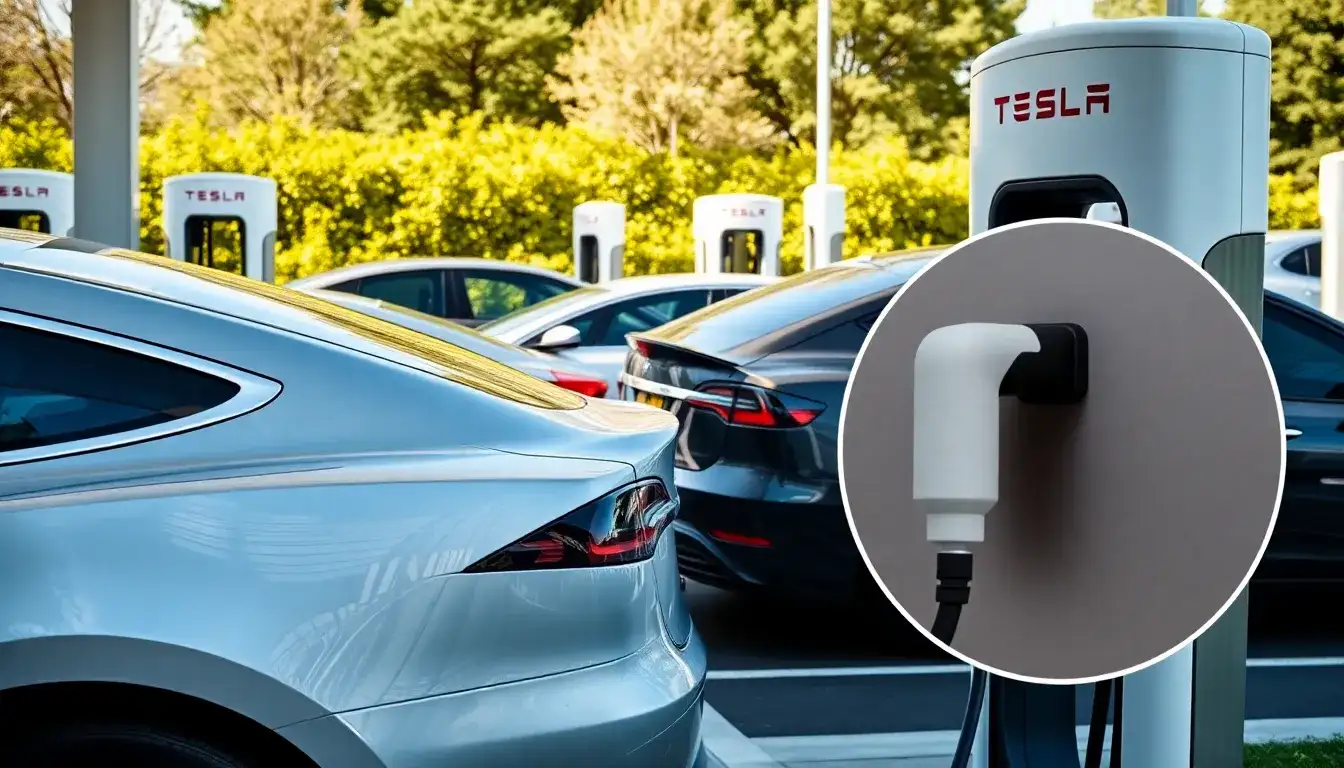
Tesla has officially opened its Supercharger network to modern electric vehicles in the United States, allowing drivers to charge their cars using the NACS adapter. This announcement was made on March 26, 2025, at 14:54 by IT家. The integration marks a significant advancement in charging options for electric vehicles across the nation.
As of now, Tesla’s Supercharger network has been fully opened to various modern electric vehicles, signifying a major milestone for EV users who previously relied on Tesla’s proprietary charging system. Vehicles such as the Kona Electric, Ioniq 5, and Ioniq 6 can now utilize CCS to NACS adapters at Tesla’s Supercharger stations.
Starting January 31, 2025, owners of these vehicles will be able to access NACS-compatible charging components. Particularly noteworthy is the introduction of the new Ioniq 5, which will be equipped with the NACS port, making it a pioneer among electric vehicles from other manufacturers.
The collaboration aims to provide a seamless charging experience for electric vehicle owners in the United States, with Tesla planning to expand its Supercharger network to approximately 20,000 stations nationwide. This initiative will allow modern EVs to connect with Tesla’s vast charging infrastructure.
As of now, the charging network includes various models from additional manufacturers such as Polestar, Volvo, and Mercedes-Benz, which have also begun utilizing Tesla’s Supercharger network.
In the U.S. market, the electric vehicle sales have seen remarkable growth. In 2024, electric vehicles have experienced a 13% increase in sales, with an overall market increase of 4%. This trend highlights the rising popularity and demand for electric vehicles in the automotive sector.
In conclusion, Tesla’s opening of its Supercharger network to other modern electric vehicles marks a significant step towards greater accessibility and convenience for EV users, ensuring that they can enjoy a robust charging infrastructure.







